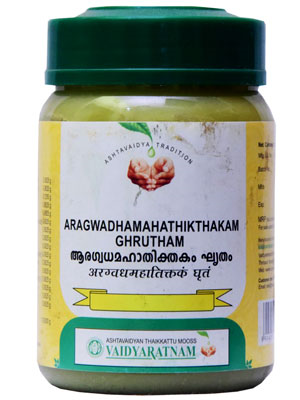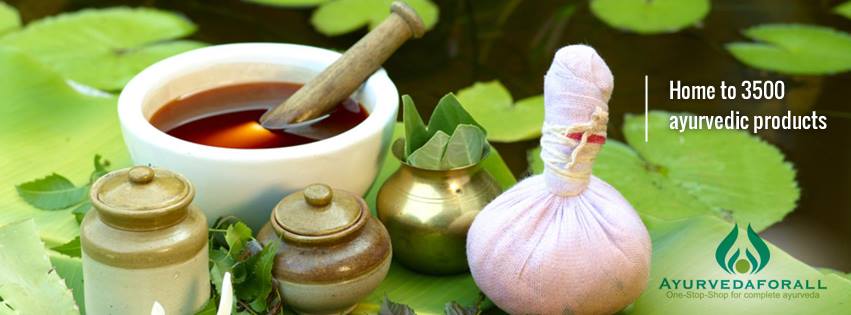ayurvedic medicine for skin fungal infection
The Kalka component of the formulation refers to a paste or powder form of various herbs. These herbs are carefully selected for their therapeutic effects on the skin. The Kalka ingredients in Aragwadha Mahatikthakam Ghrutham include Saptaparni (Alstonia scholaris), Parpataka (Fumaria indica), Katurohini (Picrorhiza kurroa), Vacha (Acorus calamus), Abhaya (Terminalia chebula), Vibhitaki (Terminalia bellirica), Padmaka (Prunus cerasoides), Pata (Cyclea peltata), Haridra (Curcuma longa), Darvi (Berberis aristata), Sariba (Hemidesmus indicus), Utpala Sariba (Nymphaea stellata), Pippali (Piper longum), Gajapippali (Scindapsus officinalis), Nimba (Azadirachta indica), Useera (Vetiveria zizanioides), Yashtimadhu (Glycyrrhiza glabra), Trapusa (Cucumis sativus), Kutaja (Holarrhena antidysenterica), Gudoochi (Tinospora cordifolia), Bruhati (Solanum indicum), Vasa (Adhatoda vasica), Moorva (Marsdenia tenacissima), Vari (Cyperus rotundus), Patola (Trichosanthes dioica), Athivisha (Aconitum heterophyllum), Mustha (Cyperus rotundus), Brahmi (Bacopa monnieri), and Dusparsa (Tragia involucrata). These herbs collectively provide anti-inflammatory, antimicrobial, and rejuvenating effects on the skin.

